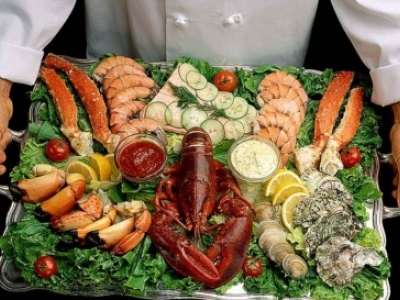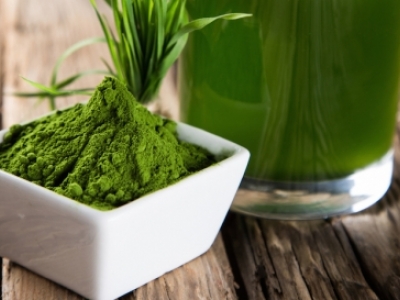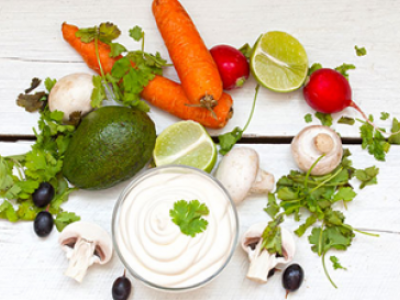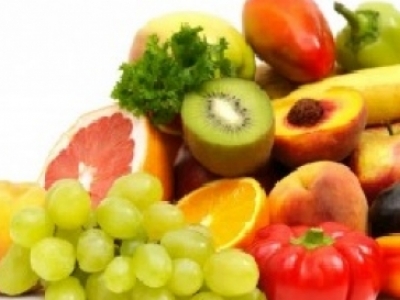Don't miss
Other articles
Almost everyone who has ever been to a cafe, restaurant, canteen at work or gastronomy was tempted by the appetizing look of steaming barbecue, lasagna, ice cream, and had to barely make a choice in favor of a particular dish.
What is so amazing about these blue - green algae and why is it firmly usurped the place of one of the most useful foods? DiningSmart team will gladly tell you all about it.
The truth about the most popular sauce in the world – DiningSmart will tell you everything about mayonnaise in this article!
The daily requirement for vitamins is calculated in milli- or micrograms, butits contribution to our physical and mental well-being is enormous.
Iodine deficiency disorder preventive care by means of food
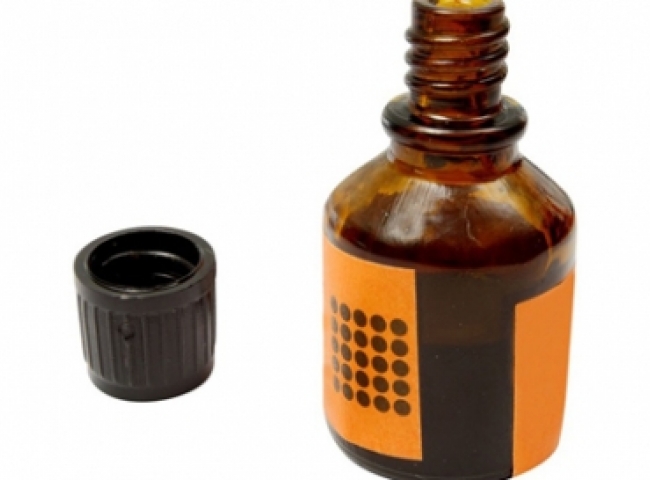
Iodine – is the microelement necessary for normal growth and development of people and animals. About 80% (15-20mg) of iodine in the body is concentrated in thyroid body. It is necessary for synthesis of thyroid hormones of thyroid body. These hormones play the important role in man’s activity at any age. Especially it is important to note its role during pregnancy, when brain cortex of future baby is being formed and developed.
- Manage the disbursements of protein, fat and carbohydrate;
- Regulate the brain and nervous system activity;
- Regulate the activity of reproductive and lacteal glands;
- Determine the growth and development of the body;
- Necessary to maintain the temperature and energy exchange;
- Necessary to form the brain cells.
| Fetal life | Abortions, dead birth, congenital abnormalities, rise of mortinality, child mortality, neurologic cretinism: mental handicap, deaf-dumbness, squinty eye. Myxedema cretinism (hypotheriosis, dwarfism), psychomotor impairment |
| Newborn | Congenital goiter, infantile hypothyroidism |
| Children and teenagers | Goiter, juvenile hypotheriosis, mental growth insufficiency, delayed mental development, physical development disorder |
| Adults | Goiter, hypotheriosis, mental impairment, iodine thyrotoxicosis |
| At any age | Goiter, hypotheriosis, cognitive function disorder, increase of radioiodine absorption during nuclear catastrophes |
Daily according to WHO recommendations the need of iodine is:
- 50 mkg for infants during first 12 life months;
- 90 mkg for children from 1 to 7 years;
- 120 mkg for children aged 7-12;
- 150 mkg for adults and children from 12 and above;
- 200 mkg for pregnant and breastfeeding women.
- Prescription of medicine: water and oil based iodine for oral use or intramuscular injections of iodine.
- Elimination of iodine deficiency with the help of food products that is rich of iodine.
Main food sources of iodine:
- Seafood – fish, cod liver oil, sea cabbage, shrimps, mussel;
- Vegetables – beat, salad, spinach, tomatoes, carrot, common onion, frigole, garlic;
- Fruits – date-plum, apples, grapes, cherry, plum, apricot, strawberry, walnuts, pine nuts;
- Cereal – buckwheat, millet;
- Milk products – cheese, cottage cheese, milk.
- To poor the water so that it covers the food inside just a little bit;
- During boiling of vegetables to put it as a whole to the boiling water, and better to steam them, strongly closing the saucepan cover;
- When it is boiled strong, 50% of iodine is destroyed in meat and fish, 30% - in vegetables and fruits;
- Milk if to boil for long – loses 25% of it;
- Intensive usage of sea and ocean food guarantees the provision of iodine needs; however, it is important to note that during long storage of such products the loss of iodine can be 33-65%.
- Salt – is a cheap product which is accessible to the whole population;
- Salt is used practically everywhere by various population categories;
- Salt iodization is a simple mixture which does not require complicated equipment, and easily operated and serviced;
- Salt cannot be over iodized. Adding the iodine to the salt does not change the color, taste or sense of the food products while cooking;
- It is easy to render the quality control of iodized salt;
- The price of iodized salt does not exceed 31 tenge per person a year. And the positive effect of its constant use is enormous.
- During the temperature increase the iodine almost fully disappears, thus it is better to put salt right before the eating.
- Iodized salt preserves its healing powers only during -4 months after manufacture, therefore it is very important to pay attention to the fates indicated on package.
- Such salt shall be kept in a closed jar, since if it is in an open jar for a long time, the iodine disappears.
- It is preferable that the jar for salt shall be dark or kept in the dark shelf, since the part of iodine can be destroyed under the sun light.
Other articles
Almost everyone who has ever been to a cafe, restaurant, canteen at work or gastronomy was tempted by the appetizing look of steaming barbecue, lasagna, ice cream, and had to barely make a choice in favor of a particular dish.
What is so amazing about these blue - green algae and why is it firmly usurped the place of one of the most useful foods? DiningSmart team will gladly tell you all about it.
The truth about the most popular sauce in the world – DiningSmart will tell you everything about mayonnaise in this article!
The daily requirement for vitamins is calculated in milli- or micrograms, butits contribution to our physical and mental well-being is enormous.





